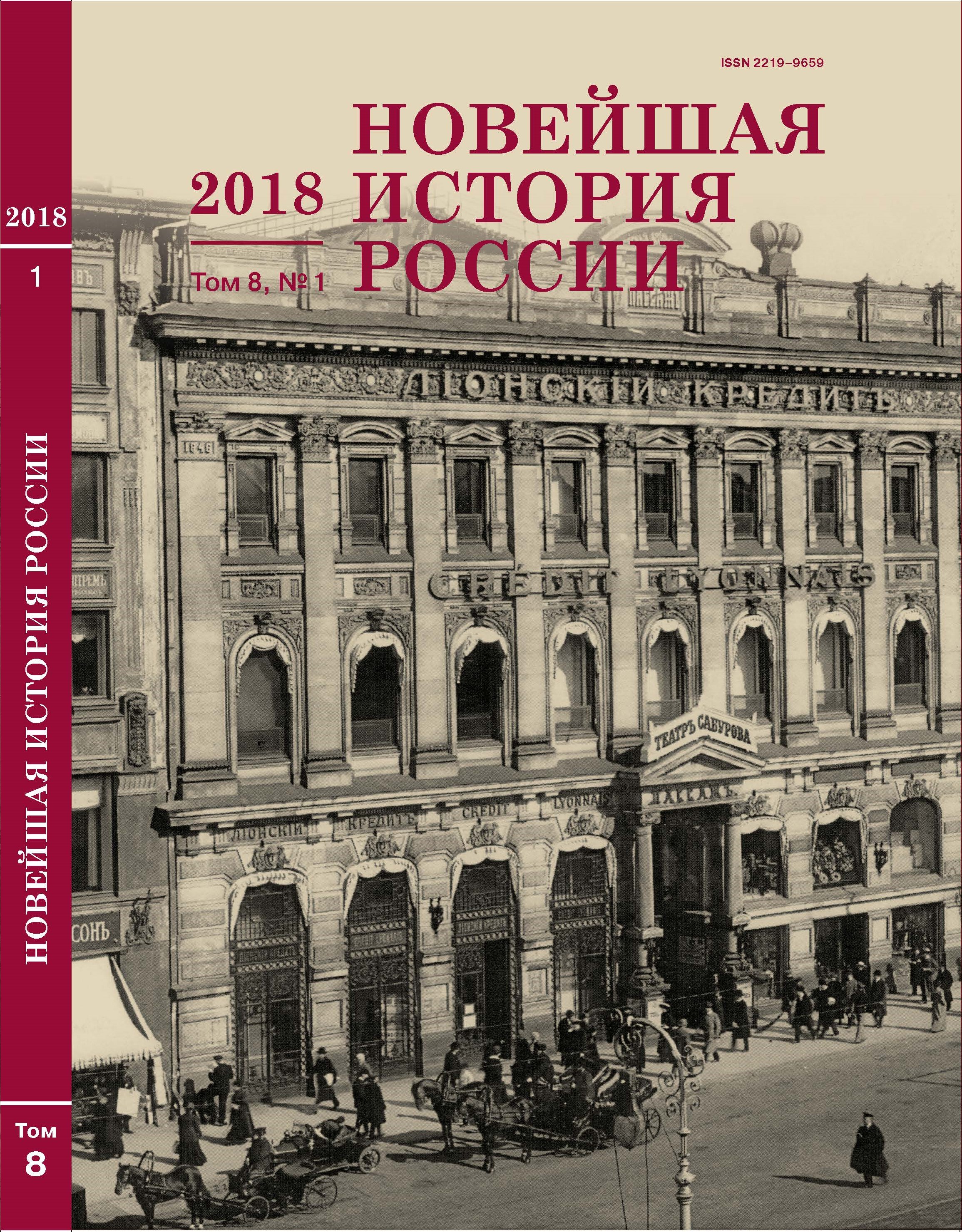Лесной экспорт СССР в конце 1920‑х — начале 1930-х гг. и конкуренция на европейском рынке
Soviet Export of Forest in the late 1920s — early 1930s and Competition on European Market
Author(s): Aleksandr Ivanovich RupasovSubject(s): Economic history, Recent History (1900 till today), Interwar Period (1920 - 1939)
Published by: Издательство Исторического факультета СПбГУ
Keywords: forest; USSR; Finland; Sweden; Europe; export; 1930s
Summary/Abstract: The article examines the economic and political role of the USSR’s timber exports at the turn of the 1920s and 1930s. Solving the problem of obtaining currency for the implementation of ambitious programs for the restoration and modernization of industry throughout the 1920-1930s remained a priority for the political leader- ship of the USSR. Forest exports became one of the ways to replenish foreign exchange reserves, although not immediately. The USSR in the specifi period tried to agree with its direct competitors, i.e., Finland and Sweden, on establishing benefi prices for all the parties. The situation in the European forest market in 1931–1932 seri- ously aggravated receipt of signifi quantities of goods from Poland and North America. As a result, the prob- lem reached a completely different level with the League of Nations secretariat attempting to fi ways out of the crisis. Representatives of England, France, Germany, Sweden, Italy, the Netherlands, Poland, Czechoslovakia, Finland and the USSR were invited to discuss the problem in Geneva. It was decided to include discussion of this problem in the discussion program at the London Economic Conference in 1933. At international negotiations in Copenhagen in 1935, market shares were determined for the USSR, Finland, Sweden, Poland, Austria, Romania, Yugoslavia, and Czechoslovakia. The signed contract entered into force on December 1, 1935.
Journal: Новейшая история России
- Issue Year: 8/2018
- Issue No: 22
- Page Range: 82-98
- Page Count: 17
- Language: Russian

